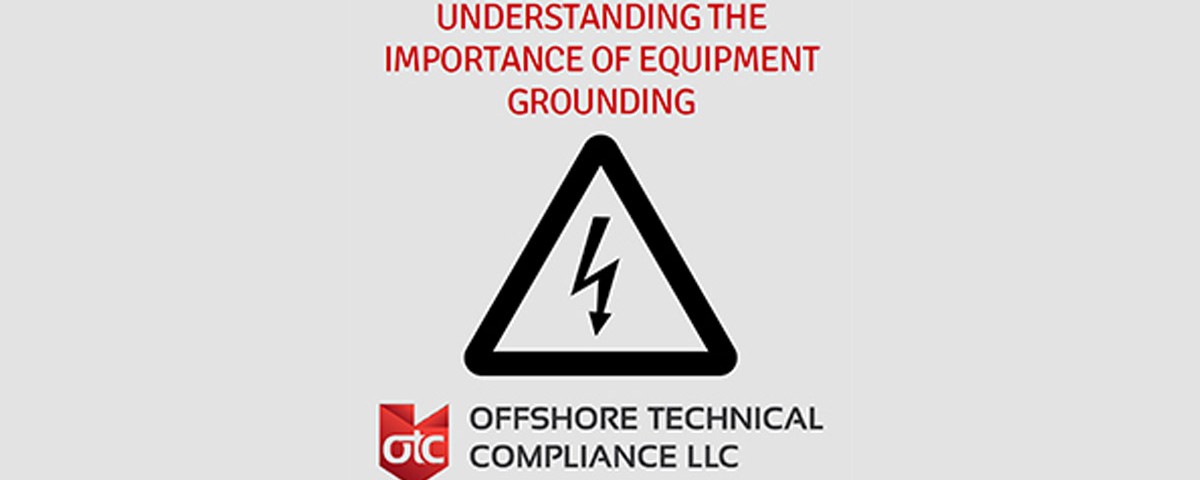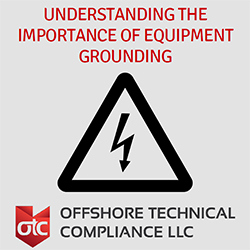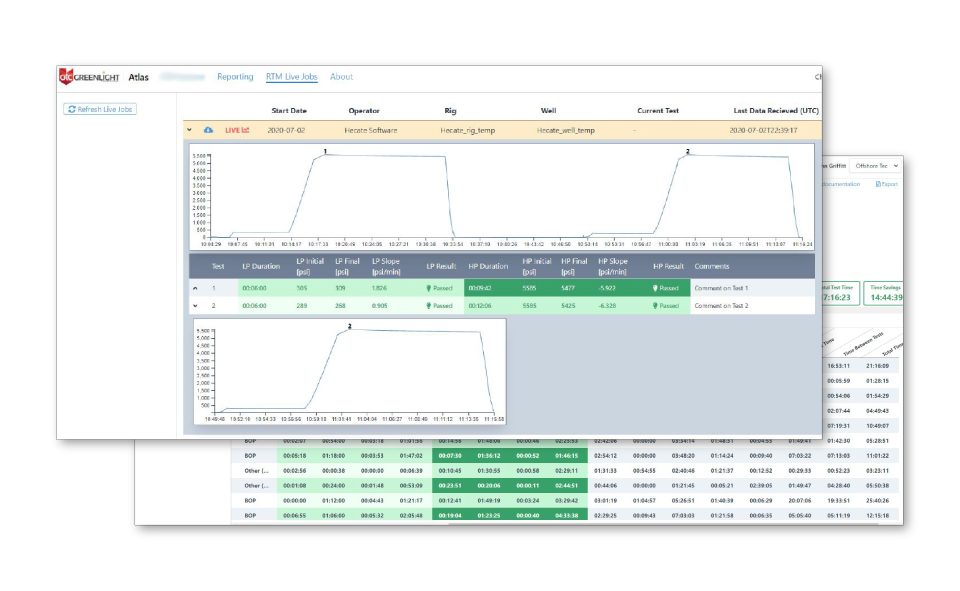Without proper care, static electricity can be extremely hazardous causing damage to equipment and injuries to crew personnel such as electrical burns, electrocutions, shock and fall, thermal arc blasts, fires and explosions.
Dan Phelps, one of our senior inspectors and SEMS consultants, discusses the importance and best- practice techniques for effective equipment grounding on MODUs to ensure your crew is safe and operating under the latest federal regulations.
The Importance of Equipment Grounding
Offshore equipment often generates high static discharge levels. In order to achieve adequate grounding, mobile equipment brought onboard by service companies must be grounded to the steel frame of the drillship either by exothermic welding or by being bolted to a welded ground stub.
Improper grounding can cause disastrous results from both an operational and safety standpoint. Controlling static hazards helps to prevent combustible explosions and electric shock.
The Dangers of Static Electricity
Static electricity is caused by an imbalance of electric charges within or on the surface of material that is created when two surfaces contact and then separate. Static electricity can be hazardous to onboard equipment and crew personnel when:
1. There is a means for a static charge to develop
2. Enough energy is built to cause ignition
3. There is a discharge of this built-up energy—a spark
4. A spark occurs in an ignitable vapor or dust mixture
Federal Regulations Associated with Equipment Grounding
API RP 14F and 14FZ § 6.10.3.1 provide an in-depth guidance on equipment grounding and are recognized in the Code of Federal Regulations, which currently governs the Bureau of Safety and Environment Enforcement.
Best-Practice Techniques for Equipment Grounding
For effective grounding, connectors must provide a good conductive path by ensuring:
– Connectors must be permanent, effective and continuous
– All dirt, paint, rust and/or corrosion has been removed from the connected area
– Connectors must be strong enough for the job
– Flexible connectors are used where there is vibration or continuous movement
– Metal must be connected to metal
– Ground clamps, fittings and connectors are protected from physical damage
Safety First
OTC’s professional team of experienced inspectors can help your crew remain safe from the hazards of improper grounding by conducting onsite inspections to ensure facilities are in compliance with current regulatory requirements. OTC also offers onboard training with MODU electrical personnel on BSEE’s methodology of inspecting the grounding of equipment bolted to a framing network, the required method of grounding an electrical motor within a framed skid and the various methods of achieving federally accepted grounding.





